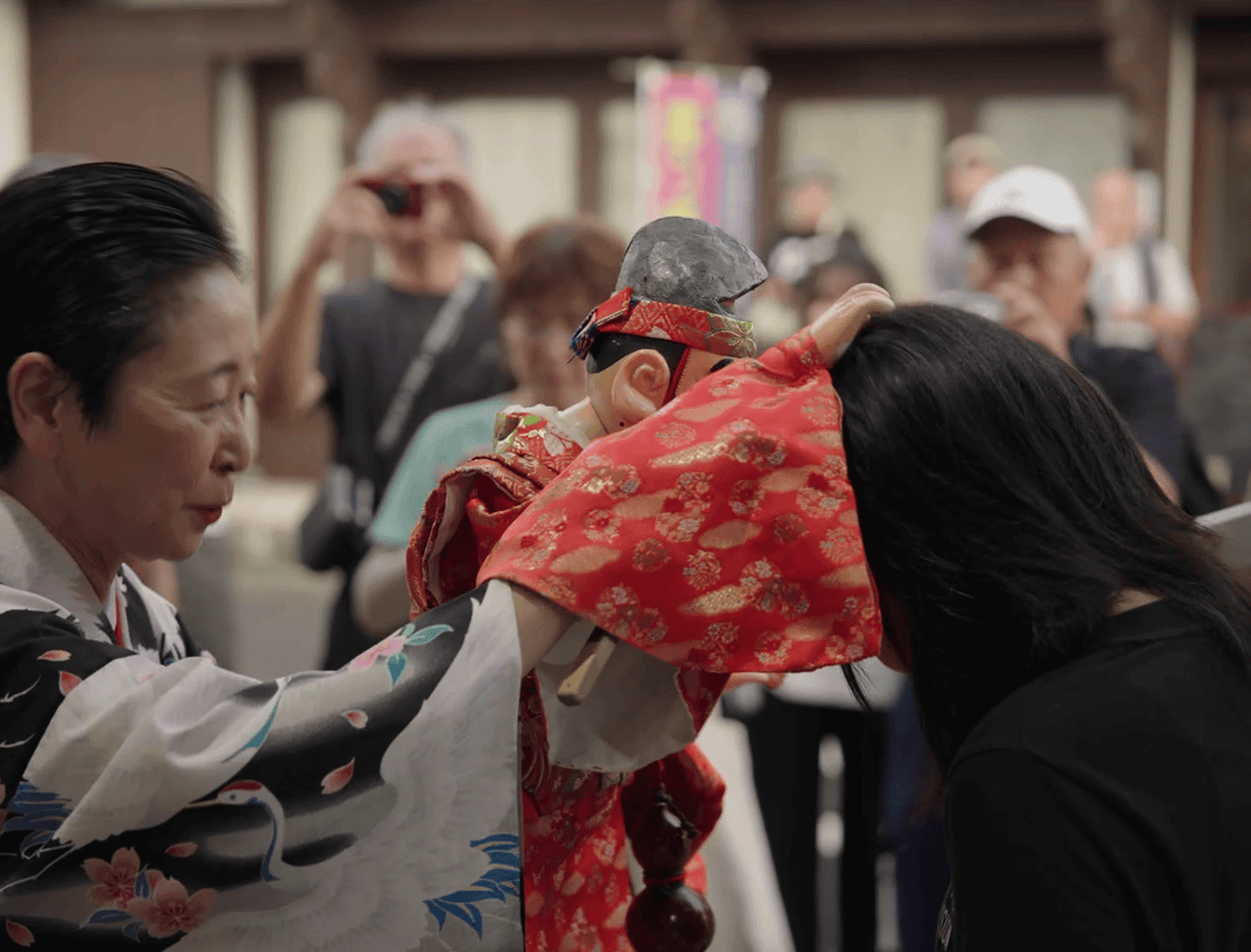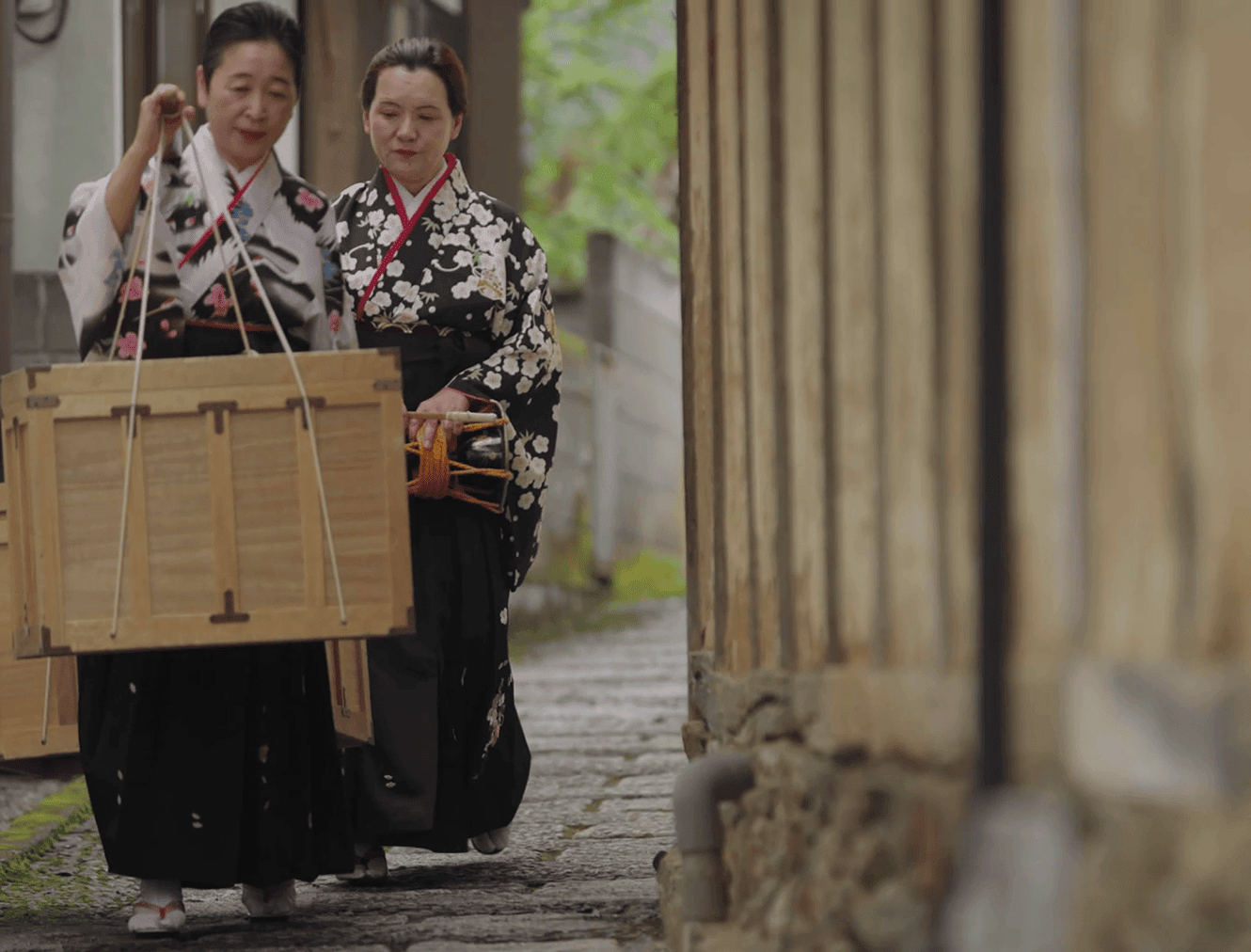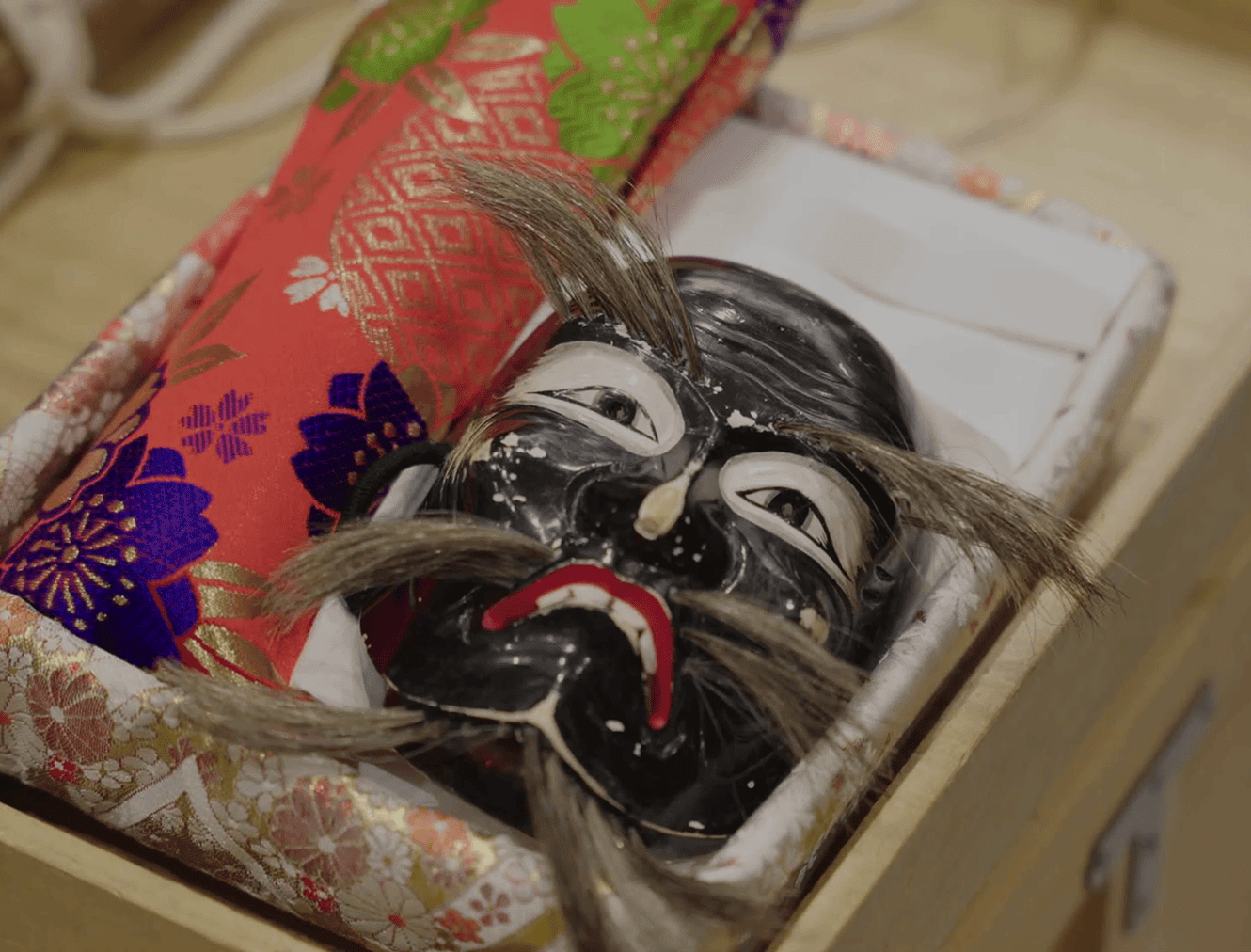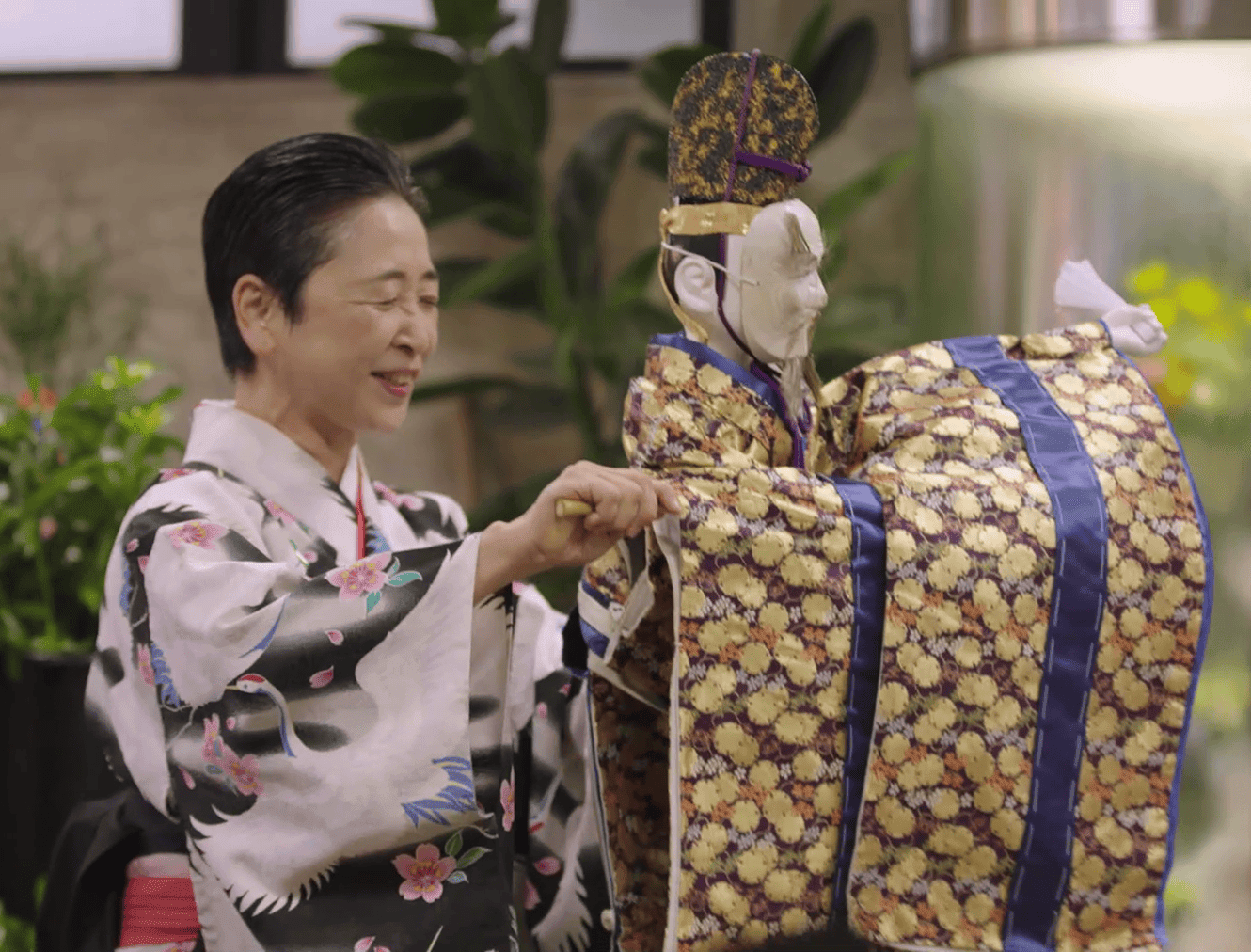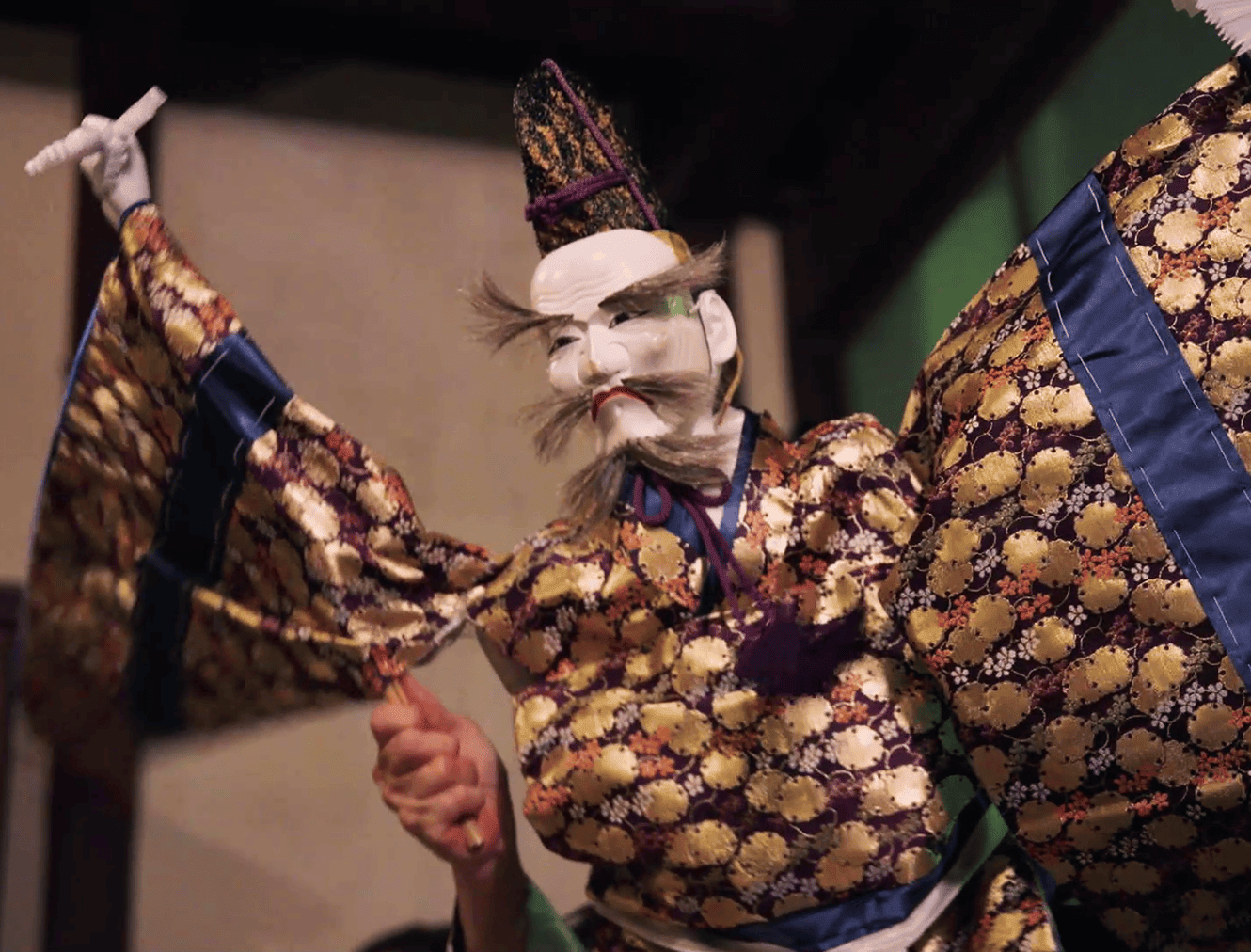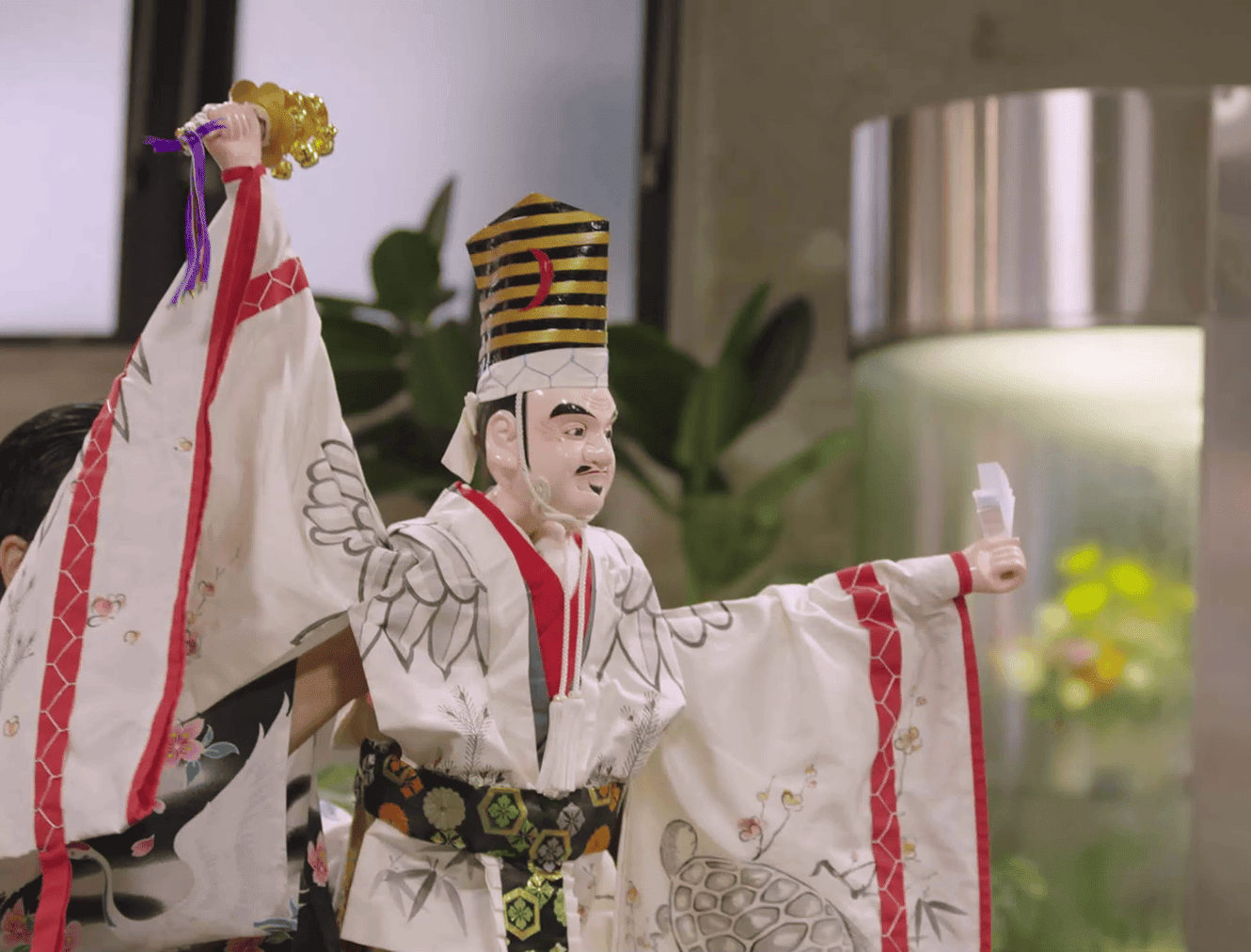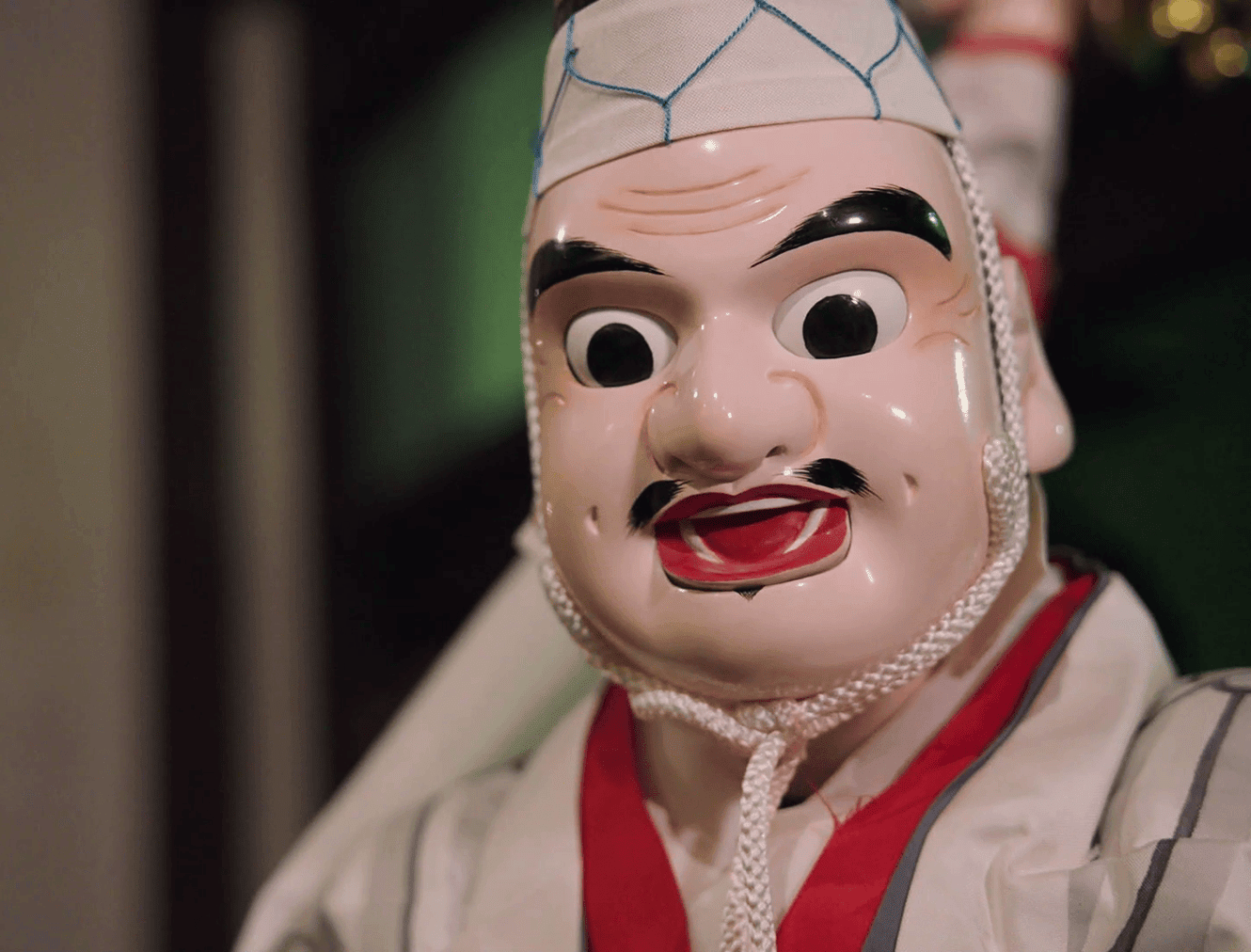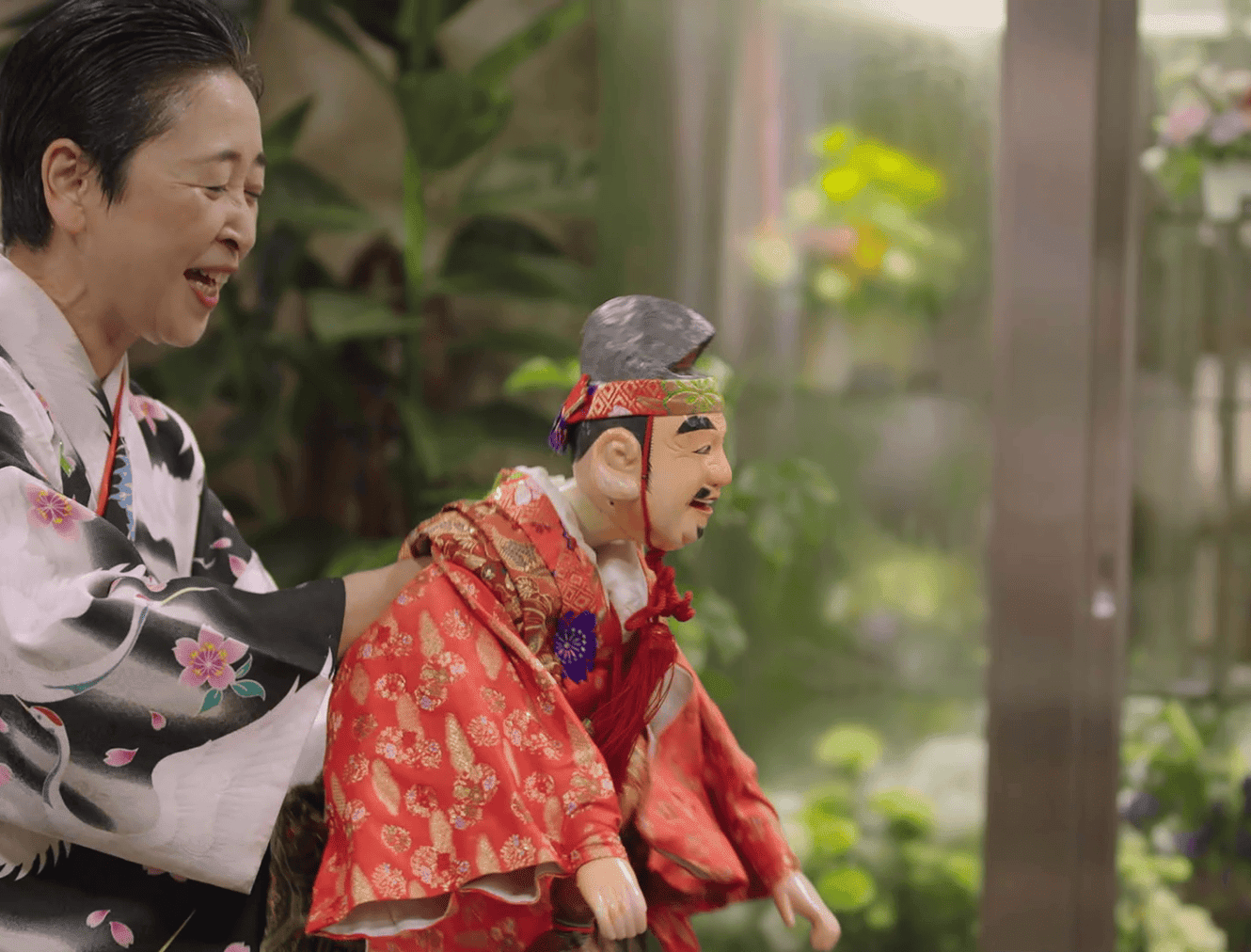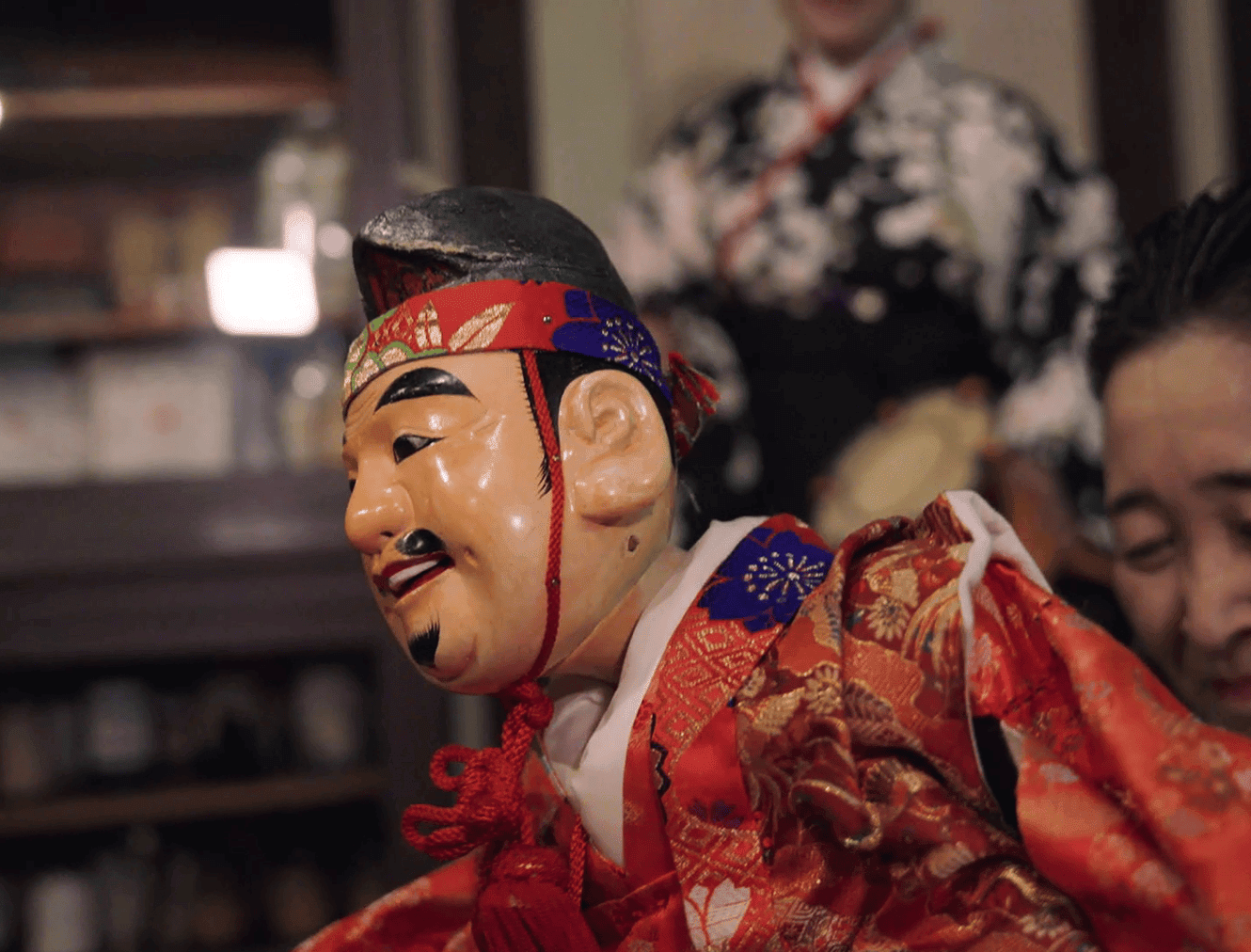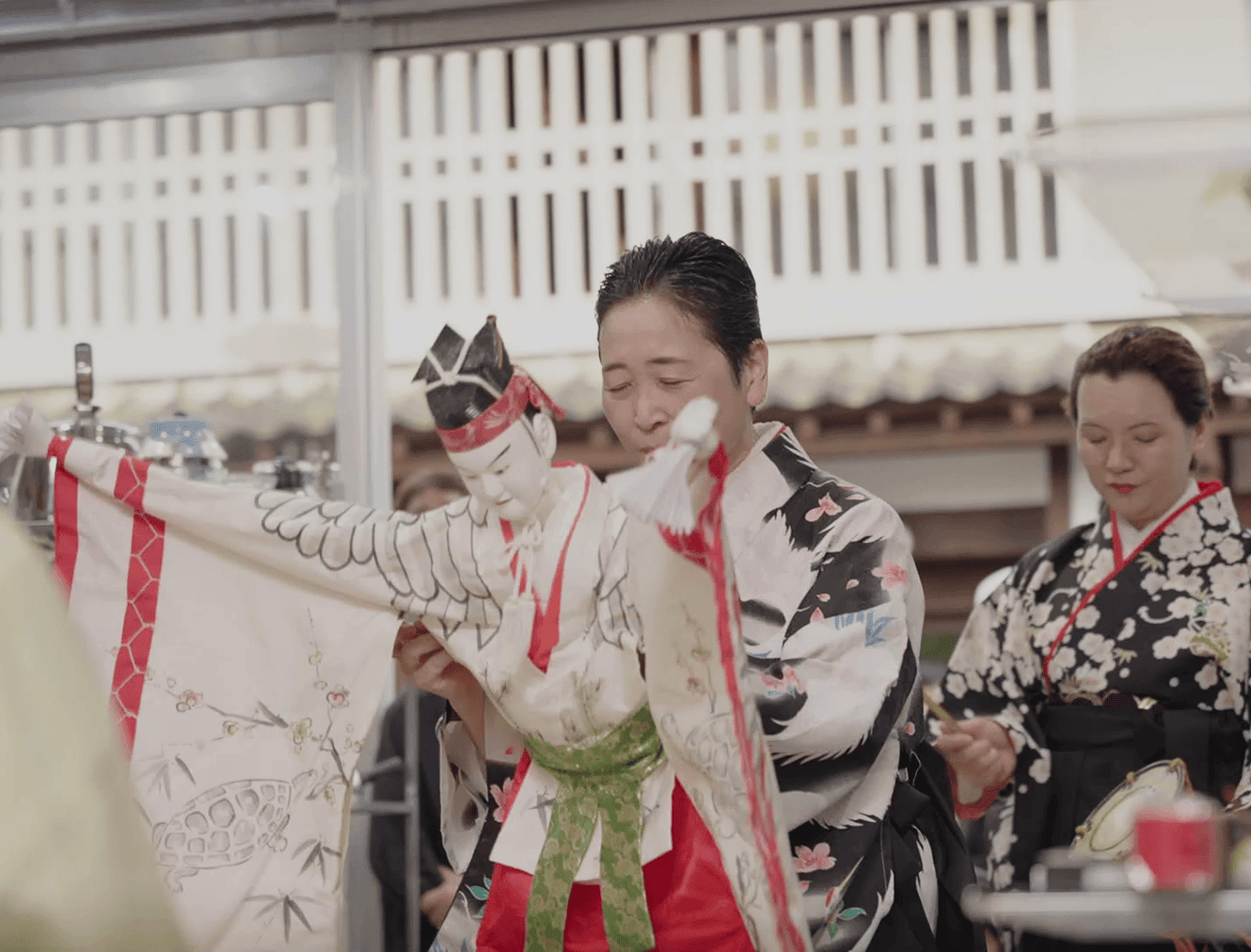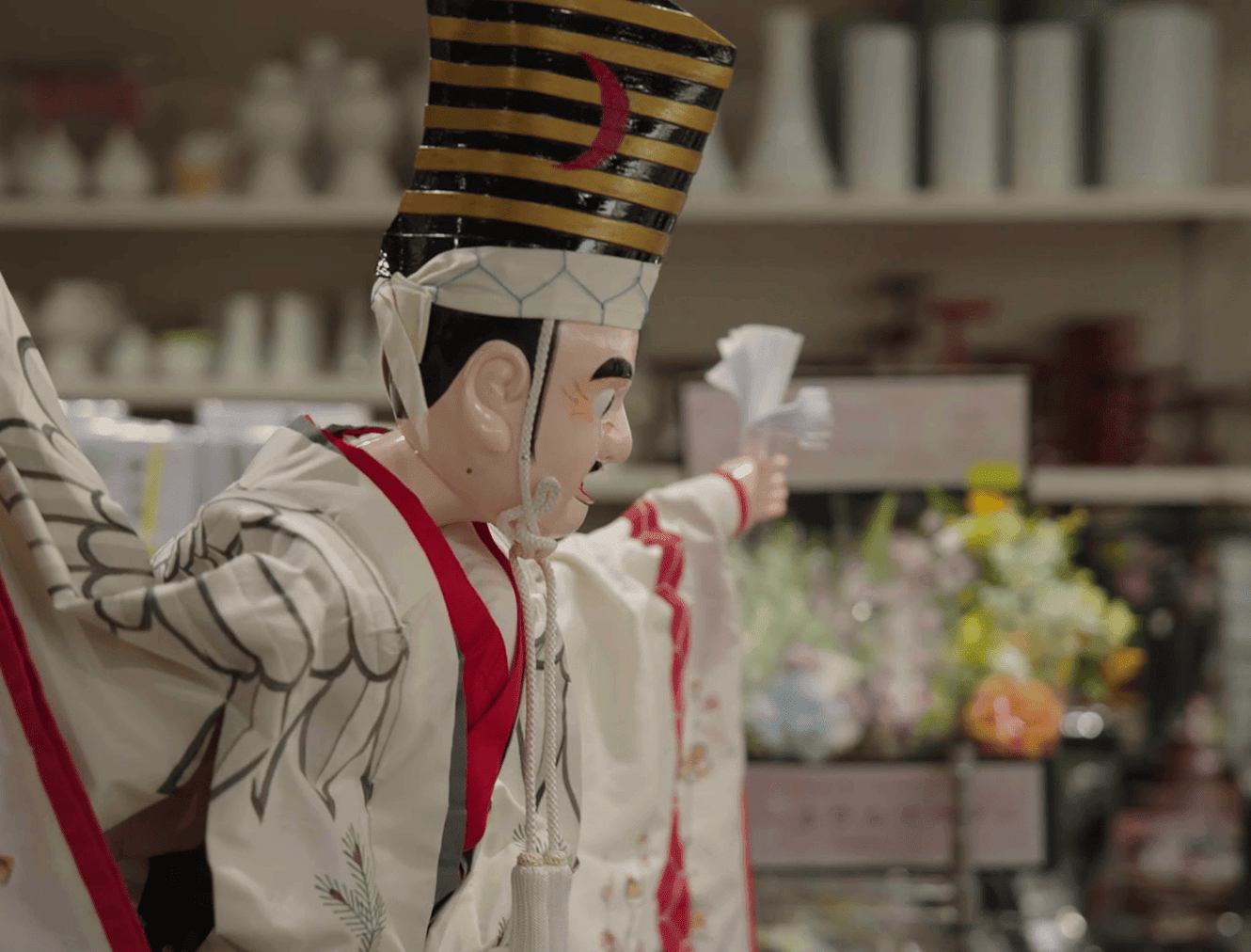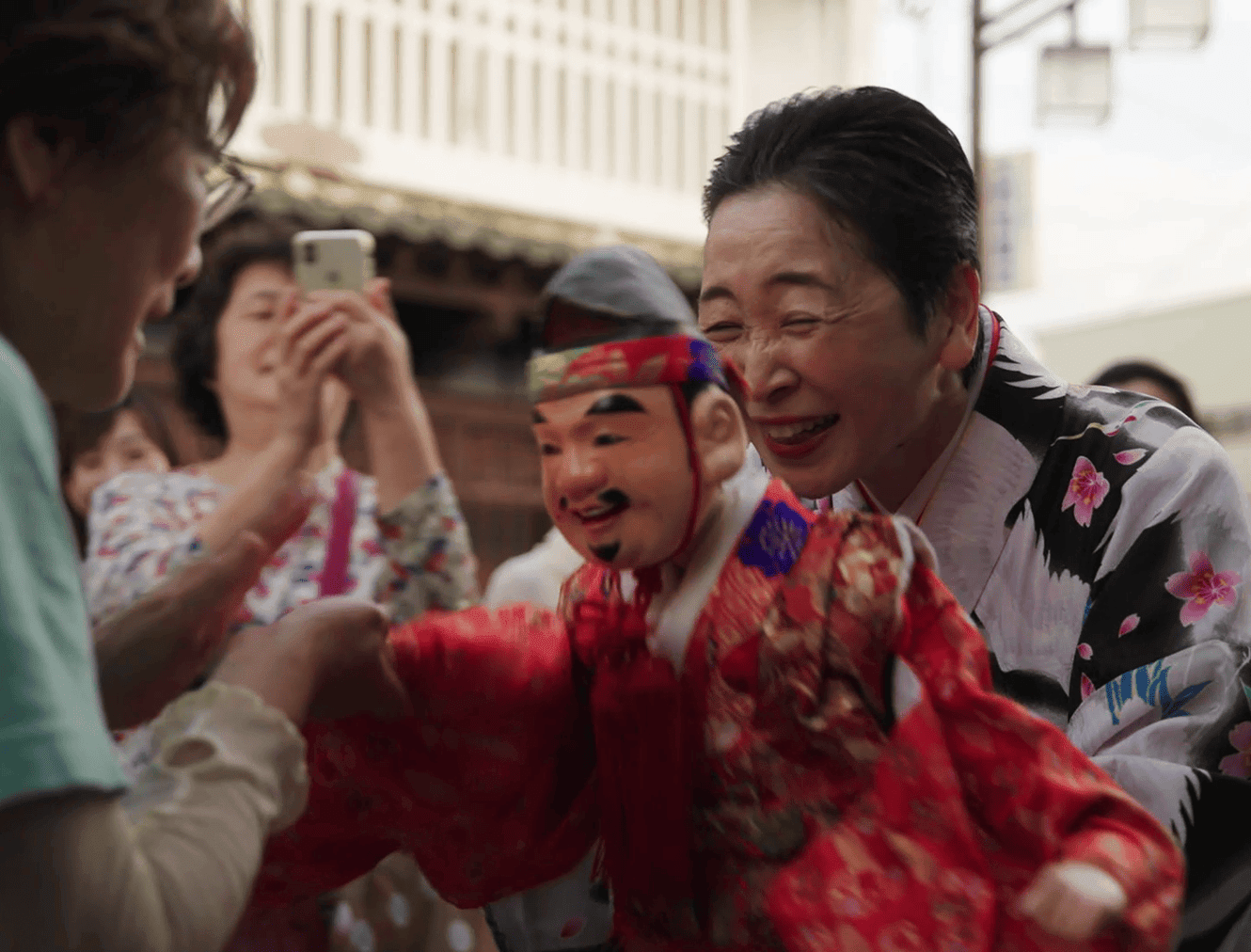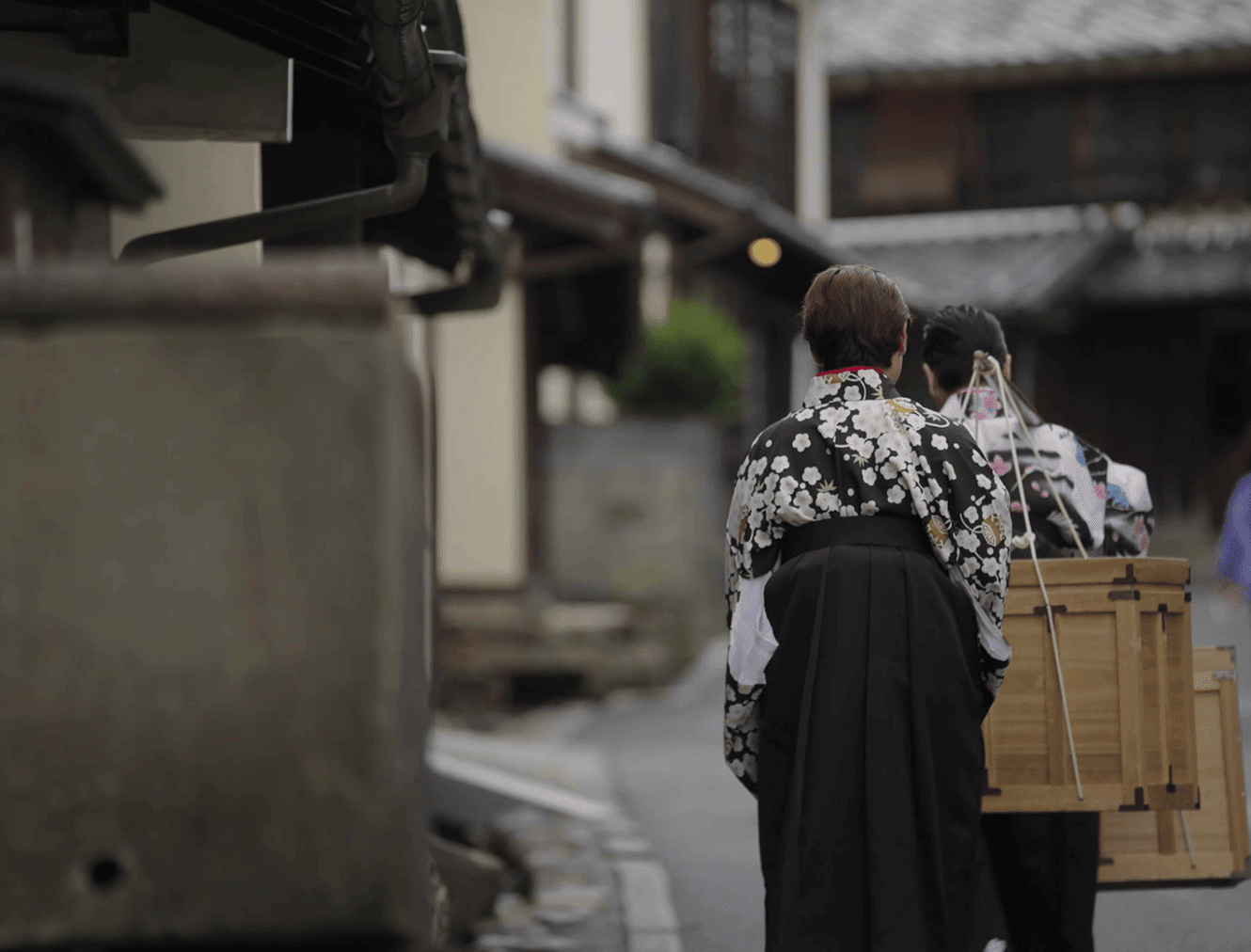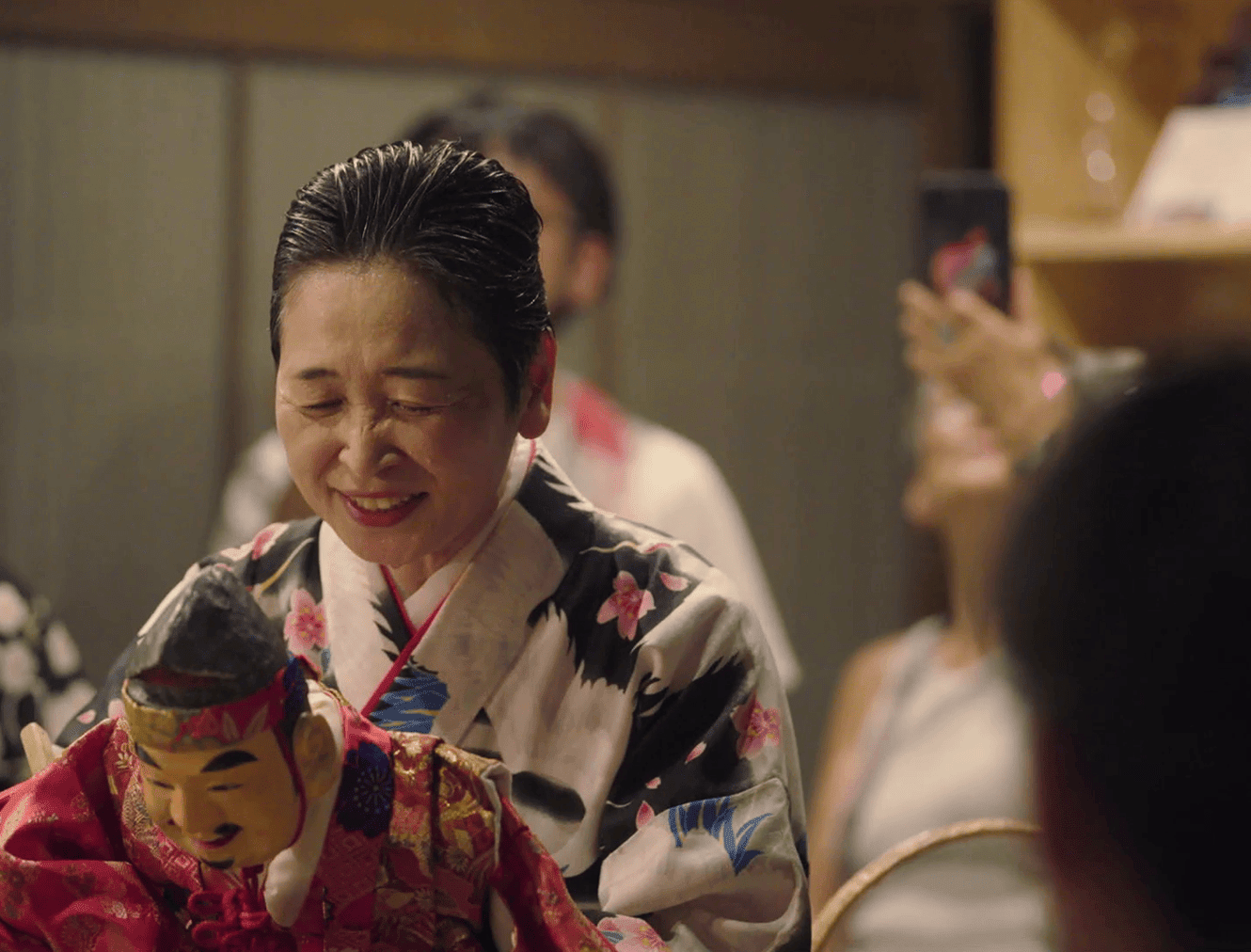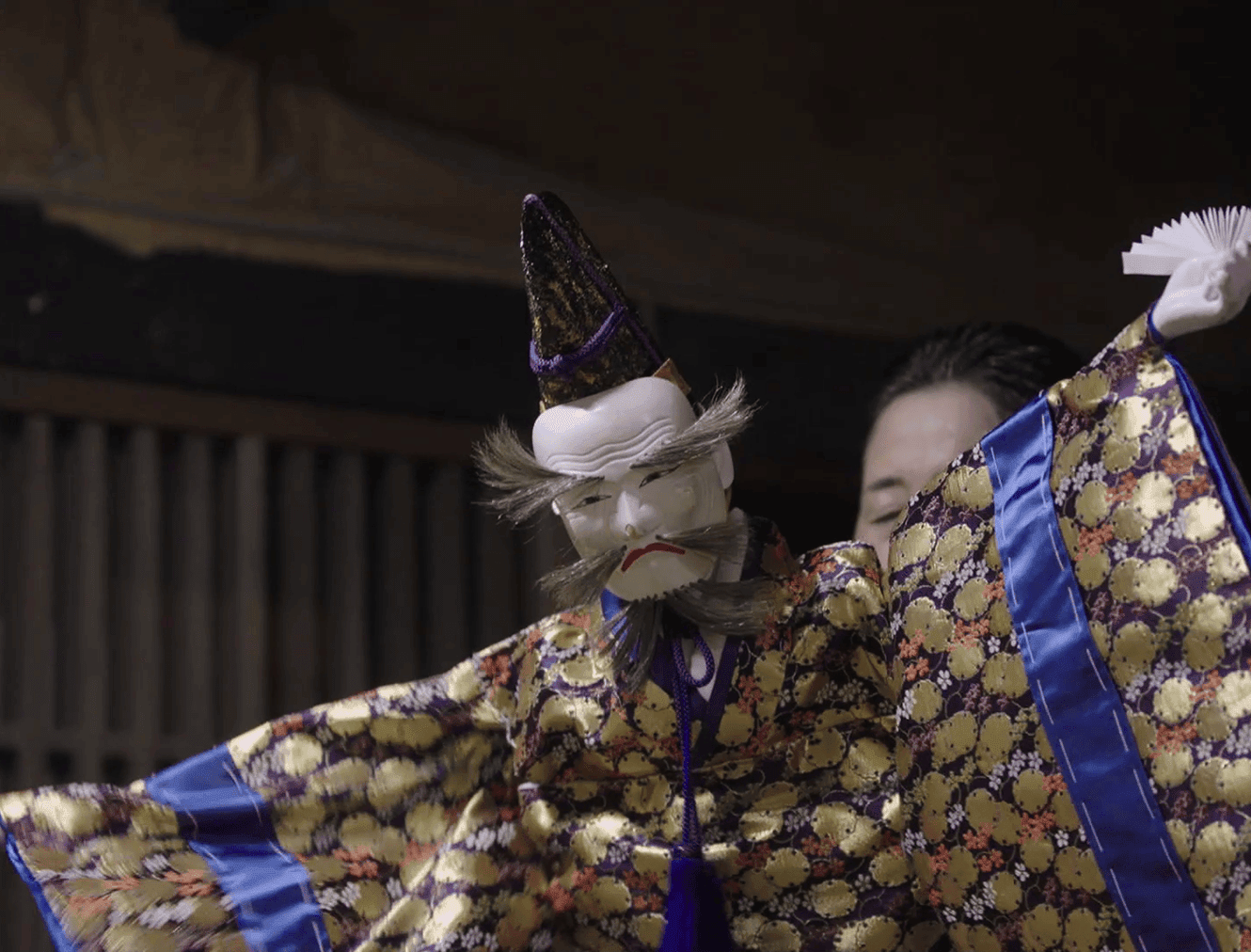World
Festivals
Awa Deko (Awa Puppetry) Hako Mawashi
A performance where puppeteers traveled from house to house to pray for bountiful harvests, businesses, and good fortune
Tokushima City, Tokushima Prefecture, Japan
The performers carried Shiki Sanbanso dolls and Ebisu dolls in a box as they traveled, delivering good fortune and happiness to households celebrating the New Year. Additionally, they performed "Ningyo Joruri" puppet theater as street performances in various locations.
Awa deku (Awa puppetry) hako mawashi is a distinct puppet performance tradition unique to Tokushima Prefecture, with two distinct styles, both of which have been preserved in the western region of Tokushima. This performance was carried out during the New Year, where performers traveled to their patrons’ homes, carrying Shiki Sanbanso dolls (Senzai, Okina, and Sanbanso) and an Ebisu doll inside two wooden boxes. At each household, they conducted a ritual performance to invoke blessings for: bountiful harvests, good health, family safety, and good business.
Since the early Edo period, these performers traveled across the Shikoku region, spreading good fortune. During the early Meiji period, there were approximately 200 Hako mawashi performers, but as times changed, their numbers dwindled. In 1999, a disciple trained under the last remaining performer, leading to the establishment of the Awa deku hako mawashi Preservation Society, which now carries on this traditional art. Today, over 1,000 households continue to receive their performances as part of the annual tradition. Many Sanbanso mawashi performers were also affiliated with professional puppet troupes, performing in "Ningyo Joruri" puppet theater. When not engaged in formal performances, they traveled nationwide in small groups, performing street puppet shows.
In many cases, the arrival of Hakomawashi performers inspired the development of local puppet theater traditions across regions from Kanto to Kyushu. Awa deku Sanbanso mawashi has been designated as a Tokushima Prefecture Intangible Folk Cultural Property, ensuring its preservation as a valuable part of Japan’s cultural heritage.

